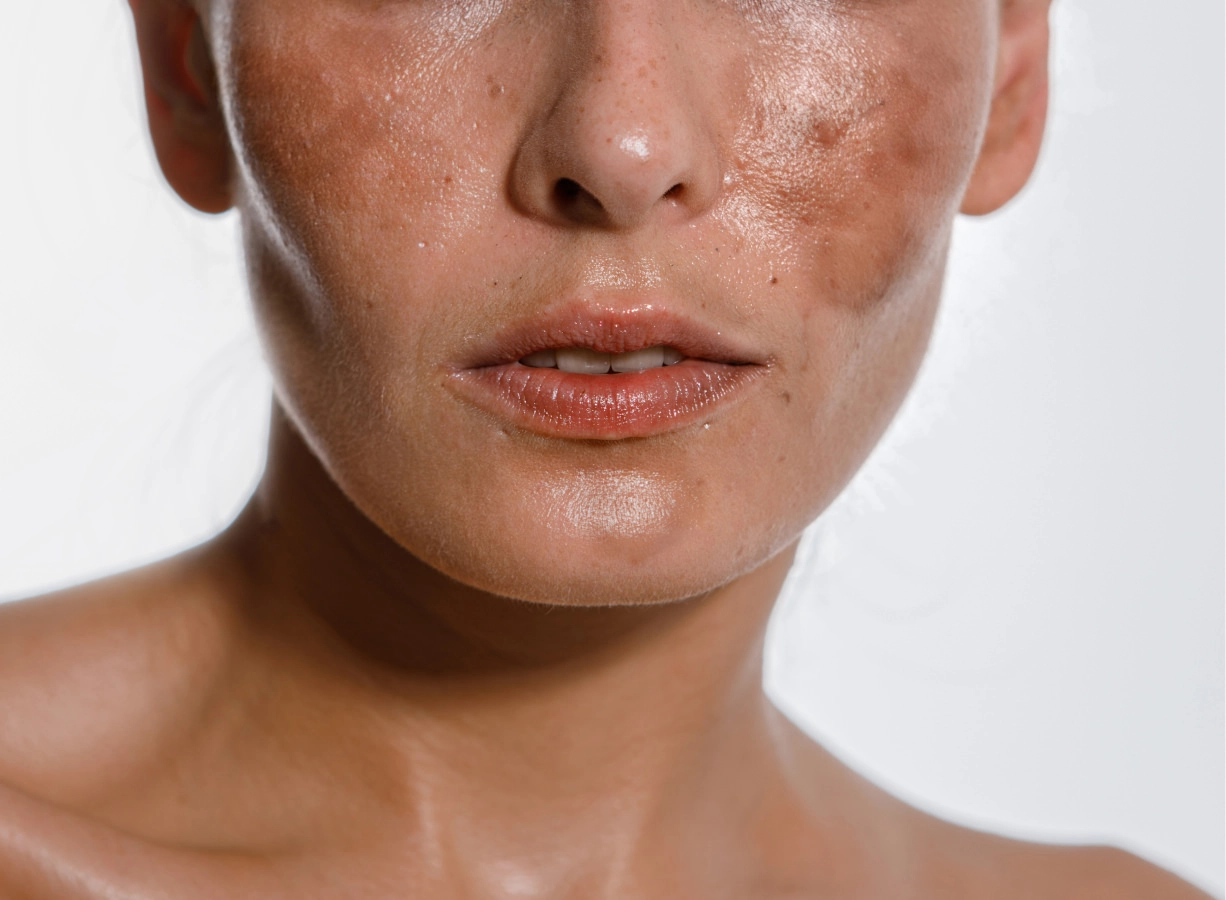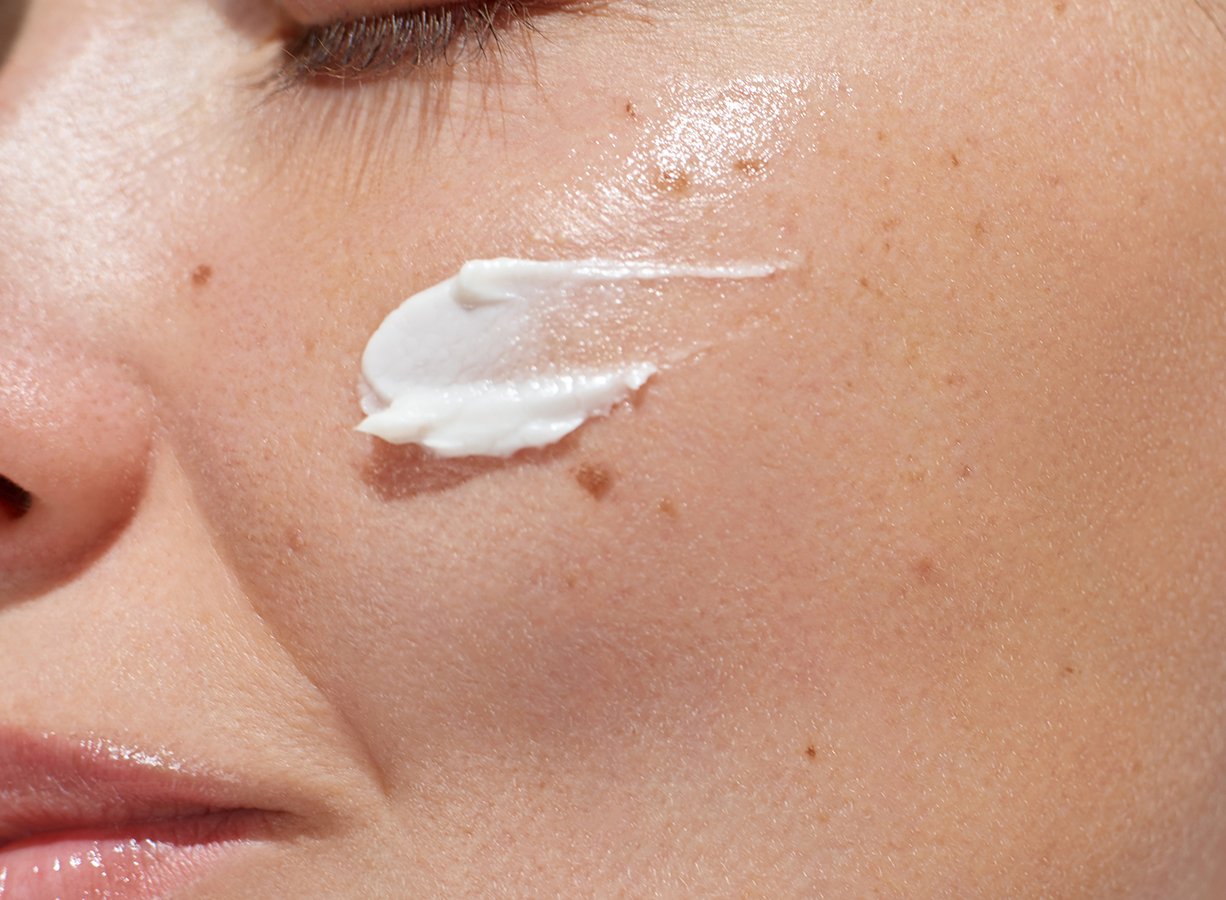How to Treat Dark Spots
There are several forms of hyperpigmentation and treatment can be dependent on the type and origin of pigment. Below, we review a few of the most common causes of hyperpigmentation and the best ways to treat them, both in-office and at home.
December 8, 2023

Post-Inflammatory Hyperpigmentation
Brown spots remaining after acne, rashes or inflammation resolve are referred to as post-inflammatory hyperpigmentation, or PIH. Most commonly seen on deeper skin tones, the best way to prevent PIH and keep it from worsening is diligent SPF use and avoiding picking at acne or skin lesions.
Treatment: An IPL series to recognize and treat pigment, daily Vitamin C serum such as ISDIN to brighten and even the look of the skin, and the Ject AHA/BHA pads to treat both dark spots as well as the acne that contributes to their formation.
Sun Damage
UV light contributes to dark spots, also called solar lentigines, which can appear on any sun exposed area. Again, SPF is critical for prevention, so ensure you are keeping your skin protected and reapplying every two hours throughout the day.
Treatment: Deep chemical peels to lift pigment, radiofrequency microneedling to resurface the skin, and retinol each night at home to encourage cell turnover.
Melasma
Melasma typically appears as symmetrical brown patches, most commonly on the forehead, mid-face and above the lip. Melasma is influenced by a combination of sun exposure and hormones, and can sometimes self-correct after a hormonal fluctuation (such as pregnancy). Any visible sunlight on the skin can worsen melasma, so a tinted, mineral-based SPF and hat are recommended to keep it at bay.
Treatment: A VIPeels series of 3-6 treatments spaced one month apart and a JECT Brightening Kit nightly for 8 weeks.


